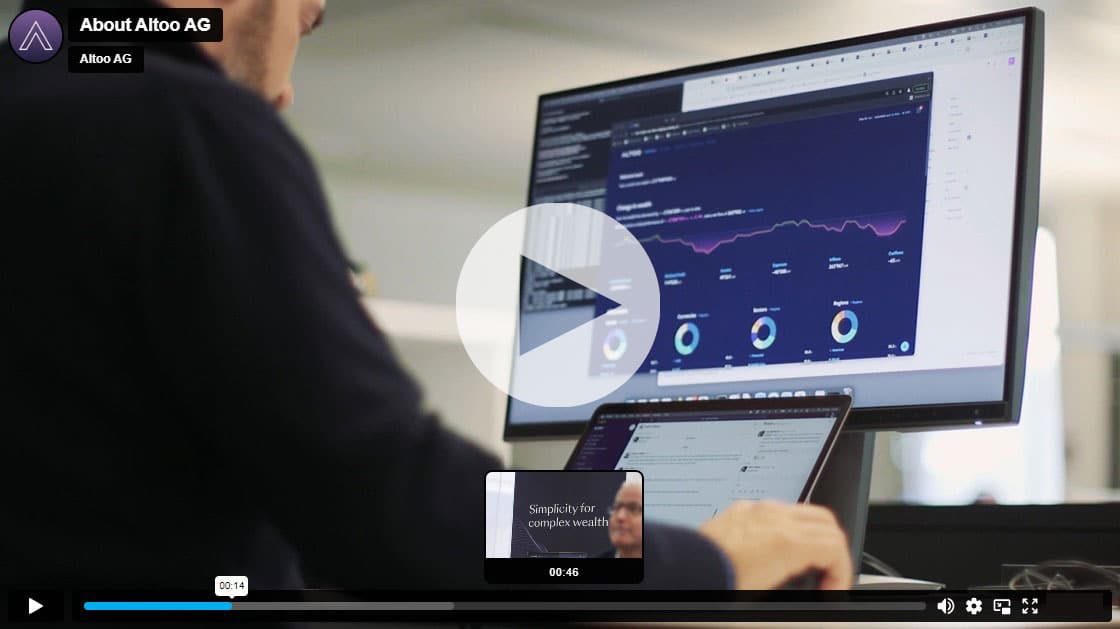The Allure of Art Investments
Beyond its aesthetic appeal, art has attracted investor interest because of its potential for long-term appreciation and cultural significance.
A notable example is the 2017 sale of Leonardo da Vinci’s Salvator Mundi, which fetched a staggering $450.3 million at auction house, setting a new record for the most expensive work of art sold. This extraordinary return has piqued the curiosity of investors seeking unique opportunities for financial growth.
In particular, the ultra high net worth individuals are exploring the art world and other art investment funds.
Understanding the Market Data, Art Sales
The global art market grew to $67.8 billion in 2022, surpassing pre-pandemic levels, according to the Art Basel’s Art Market 2023 report. The global art market totaled $67.8 billion in 2022, growing 3% year-over-year and reaching its second-highest level ever. But to successfully navigate the art market, investors must have a solid understanding of artistic value, market trends, and artist reputations.
Elevate Your Wealth Game: Empowering UHNWIs for Simplified Asset Management. Altoo Platform Preview
Understanding the nuances of art valuation, provenance, condition, and historical significance can have a significant impact on investment results.
Understanding how the auction houses operate in the world of limited supply can also have an impact on the financial performance.
Emerging Trends and Opportunities
Contemporary art has experienced a surge in popularity, attracting the attention of collectors and investors alike. Artists such as Banksy, KAWS, and Yayoi Kusama have seen their works gain significant recognition and value in recent years.
In addition, the rise of online platforms and digital marketplaces has democratized access to art investing, making it easier for investors to explore and participate in the market.
Mitigating Risks
Art investments are inherently risky and require a cautious approach. Market fluctuations, changes in artistic trends, and the potential for fraudulent activity are legitimate concerns.
Engaging art advisors and experts, conducting due diligence on provenance and authenticity, and investing in established artists or artworks with a documented track record can help mitigate the risks associated with art investing.
Diversification and Portfolio Benefits
Art investments offer the potential to diversify portfolios and reduce overall volatility. Studies have shown that adding art to a traditional portfolio of stocks and bonds can improve risk-adjusted returns.
The Mei Moses World All Art Index, which tracks art performance, has an average annual return of 8.9% from 2000 to 2020, outperforming global equities over the same period.
Appreciating Non-Financial Benefits
Investing in art goes beyond financial gain, allowing individuals to support artists, cultural heritage, and the broader creative ecosystem. Owning art provides personal enjoyment and the opportunity to engage with the art community through exhibitions, events, and discussions.
It also serves as a tangible expression of one’s taste, values, and appreciation for artistic expression.









